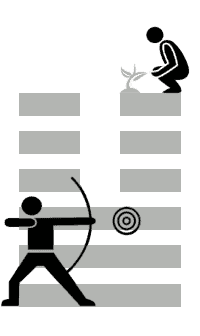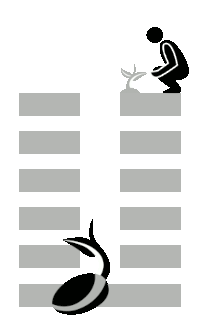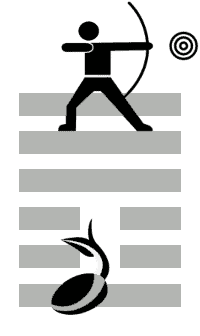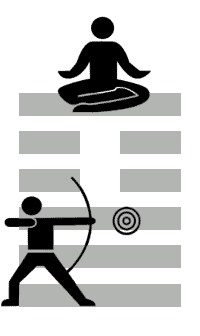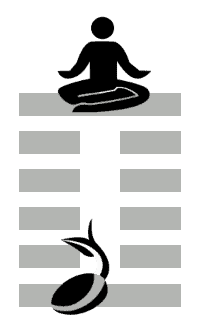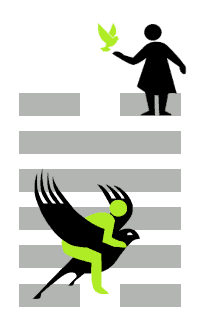Since I started to work more intensively on deciphering the hexagrams, one of the most important sources that showed me the way was the quote from Wang Bi in which he talks about the fish trap. He says:
The images stem from the ideas.… The images are the trap for the ideas… once you have captured the ideas, you can forget the images. Wang Bi (from Zimmermann 2007, 64 and note 14)
